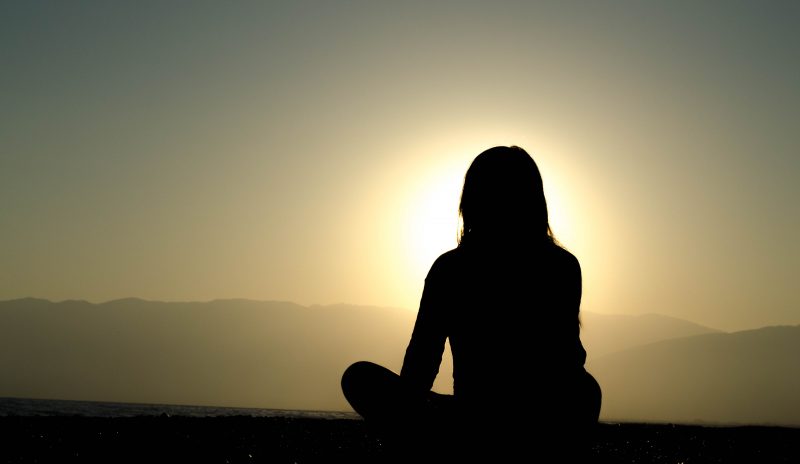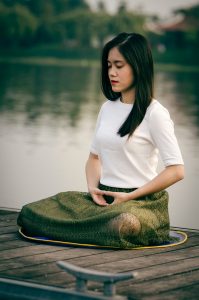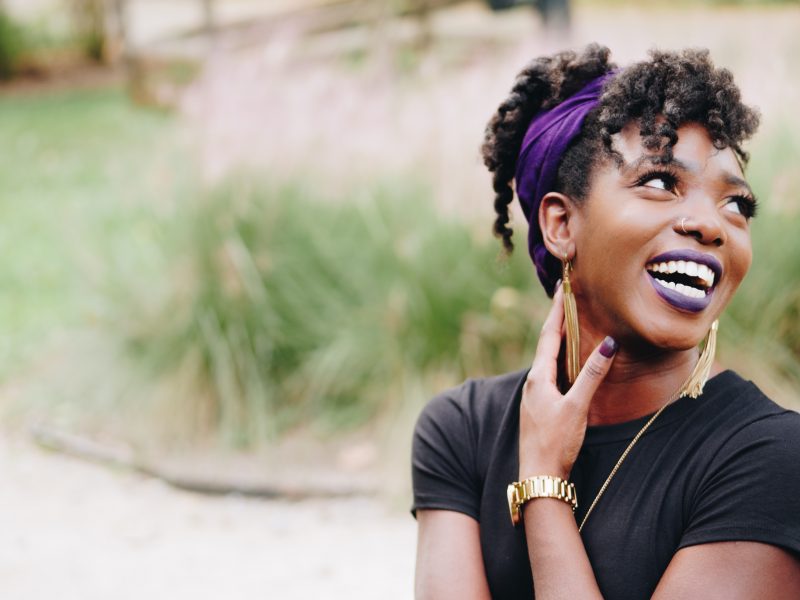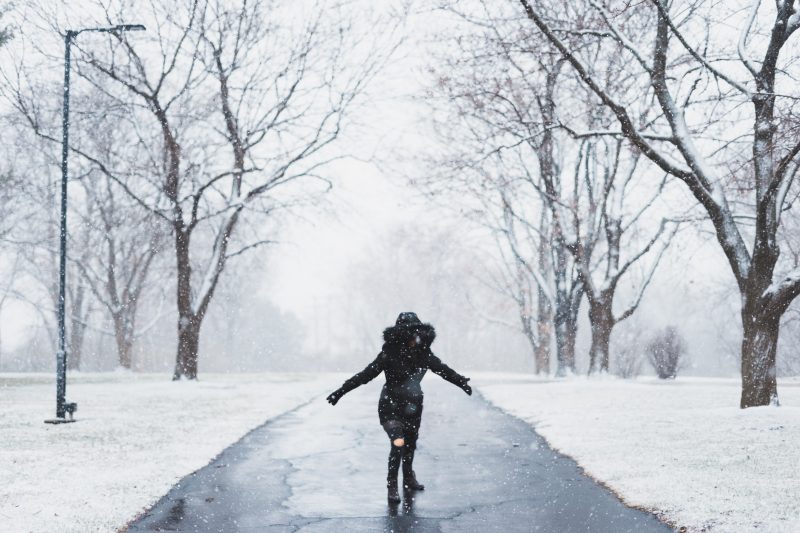Have you ever wept openly for a stranger before?
In the privacy of my car as I drove back home today, I did just this, shortly after I received an email from a blogger I followed with the announcement of her death. The announcement was made from her husband. His words were laced with grief. And there inside my car, listening to the saddest song, I surprised myself by shuddering with tears, as if she had been a close friend. A family member, even.
“How do I know what I think until I see what I write?”
This quote by Flannery O’Connor was offered up as a writing prompt earlier this morning by my writer friend who runs a virtual online writing circle that I am happily a part of. Today we talked about allowing yourself to ramble on the page. Many times, she said, people will apologize mid-sentence: “Sorry for rambling,” they’ll say. “But rambling,” she reminded us, “is the shuffle between your heart and your mind. This is how your true authentic voice comes out.” So here I am practicing the art of rambling. Here I am being authentically me. Trying to figure out what I think as I write this out, faced with layers upon layers of grief.
This stranger who died had lost her four year battle to cancer. Even after two remissions. It hit me on so many levels. The bright hopeful faces of the happy young couple in photos throughout her blog. The sense of humor that emanated from her words, from her advice for others newly diagnosed or someone trying to help a loved one with cancer. (Please check out her blog as her husband is leaving it out there as a resource should anyone need it.) Even as she searched and landed a clinical trial, her words conveyed hope and joy for life. I didn’t always read all of her posts when they popped in my email in-box, but throughout the years, I popped in and out of this stranger’s life. I don’t even know how I came upon her blog. She had first gotten cancer in Dec 2015. My husband found out about his cancer only a year before, on November 7, 2014. It’s a date we both shall never forget, as it divided our lives into PRE-CANCER and POST-CANCER. Yet hearing this sad news of this beautiful stranger is a reminder that cancer is a beast. It’s ugly and it just might rear its head again. For anyone of us. What are the statistics again? “Globally, 1 in 6 will get cancer.”
This grief I felt was also coupled with the grief I have been carrying since this past October, when a good friend’s partner left this planet and his children through suicide. Sometimes I just sit and try to fathom the utmost despair he must have felt to have taken his own life. I mourn for his family left behind, trying to grapple with his very last actions. I worry that I’m not doing enough to help my friend, even as I grapple with my own mental health, taking care of it as if it is my most precious baby. Because what is life when you’re lost in debilitating depression?
The saddest song I was listening to in the car today as I wept for this stranger (who feels like a friend) was the same song I listened to after I learned of my friend’s partner’s suicide. It was playing in my headphones as I flew from Austin to San Francisco to stay with her, as my family emerged from the BART station to walk to the house where they once lived, where my son spent most of his summer this past year as we searched for an apartment in Austin. Our then 14-year-old boy had grown tired of living in a RV with only his parents in Mexico. He wanted to go to high school, not be unschooled, as we were doing, not big believers of the traditional education system. Over the years, at least a decade, we’d hear the father’s voice as my son and his sons played Minecraft together, his loving voice reminding them to eat dinner, to go to bed. His voice merged with that of his kids inside our RV the past year and a half when we lived full-time in it, having sold our house after my husband’s own cancer.
Then this memory merged with that of my sister’s friend, a young man who had once gone to the movies with us, a young Asian American vet. His meds were configured wrong that day when he killed himself and the women who worked in the VA home in California. My sister was distraught when she found out about his death, about the other deaths, what he had done. She, who has attempted suicide many times throughout my life, has never been the same again.
I had wept for strangers before, I realize as I ramble. I wept when Anthony Bourdain died, shortly after Kate Spade had taken her own life only days before. I wept as if they were old friends, old relatives. Their suicide deaths motivated me to come out on Instagram about why I was using keto for bipolar disorder (type 2), not just for the prediabetes I often talked about, or how my husband had used it as an adjunctive therapy along with conventional treatment for his own cancer.
And here I ramble. I forget. Yet the threads of life, of other people’s lives, braid themselves along with your own. And a single song can gather this compounded grief, reminding you of all those lost, either through cancer or depression.
Yet we move forward. We ramble through life, trying to make meaning of it all when it often feels like nothing makes one iota of sense.









